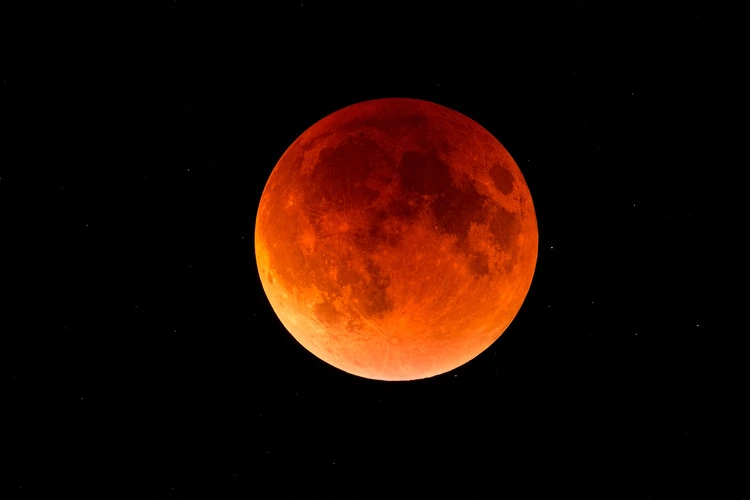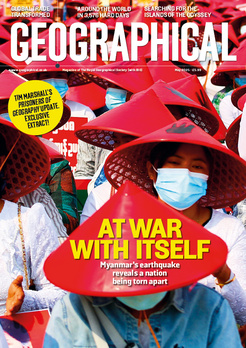
From aurora borealis to a total lunar eclipse, 2025 is packed with celestial events – find out where you have the best chance of seeing them
By
In 2025, attention will be turned to our skies in the UK as a huge array of celestial events take place, from stunning meteor showers to both lunar and solar eclipses.
But when exactly are they, and where’s best to view them? Read on, and make a note of the dates in your diary – you won’t want to miss them.
Aurora borealis
More sightings of aurora borealis – the displays of rich greens, pinks and purple hues across the sky – are expected to occur in the UK in 2025. That’s because the sun’s natural solar cycle is currently at its maximum and reaches its peak this year.
This means there is an increase in the number of eruptions produced by the sun, all releasing bursts of energy and particles that react with gases in the Earth’s atmosphere to produce spectacular bands of light across the sky.
Enjoying this article? Check out our related reads:
Periods of high aurora borealis activity will be forecasted – although exact timings are challenging to deduce – so check weather reports to know when there is a likelihood of seeing it.
To see aurora borealis in the UK, head to an area with little light pollution. Usually, areas as far north as possible offer the best chance of viewing the phenomenon.
Look to the northern horizon as the phenomenon is usually drawn toward polar regions of the Earth. While it is visible and safe to view with the naked eye, sometimes a seemingly dark sky may be transformed by viewing through a camera, as they pick up wavelengths more quickly than the human eye.
Partial solar eclipse – 29 March
Around 30 to 40 per cent of the sun will be obscured by the moon in this celestial event in 2025, beginning at 10.07 am GMT in London.
Maximum coverage is expected just under an hour later, at 11.03 am GMT, from which point the moon will move off the solar surface until the eclipse ends at 12 noon.
To view a partial solar eclipse safely – or any solar eclipse for that matter – you must look through certified eclipse glasses or a solar filter. Normal sunglasses will not protect your eyes from the light.
The amount of eclipse seen will vary depending on location, with Hudson Bay in Canada expected to see 94 per cent of the sun eclipsed. In the UK, the regions with the highest percentage of viewable eclipses will be the Outer Hebrides (seeing around 47 per cent), followed by Northern Ireland (44 per cent) and West Wales (30 per cent).
Total lunar eclipse – 7 September

The total lunar eclipse in September – in which the Earth passes between the sun and moon so its shadow covers the moon – will begin at 7.11 pm BST in the UK, lasting until 9.55 pm. For the best chance of viewing it, it’s recommended to find a high point with a clear view to the east.
Unlike solar eclipses, all types of lunar eclipses are safe to view with the naked eye as they do not get any brighter than a full moon.
Supermoons – 7 October, 5 November, 4 December

Three supermoons will be visible in UK skies in 2025: the Hunter’s Moon (7 October), the Beaver Moon (5 November) and finally the Cold Moon (4 December). These celestial events occur when a full moon occurs at the closest point to Earth during its orbit, making it seem much larger and brighter than usual – up to 14 per cent bigger and 30 per cent brighter compared to points at which the moon is furthest away.
Out of all three, the Beaver Moon will be the closest, at a distance of 356,833km (221,726 mi) from Earth, and is the closest since 2019.
Supermoons are easily visible to the naked eye from most locations, so long as cloud coverage is minimal.




